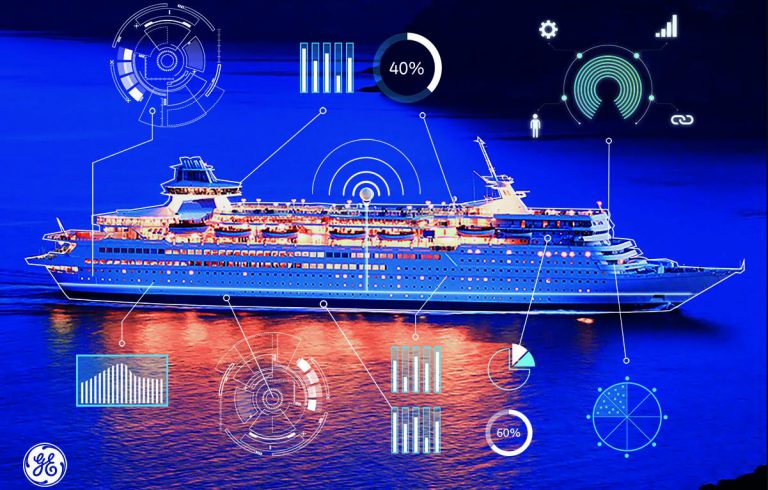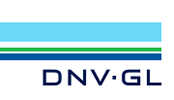
Challenges and Solutions in 2017 Cruise Market:
Mar-14,2017

China’s rapid economic evolution has attracted more people to leisure travel opportunities and the number of Chinese passengers is expected to reach 4.5 million by 2020, representing more than 20 percent of today’s global cruise passengers, according to GE’s Marine Solutions.
Some 130 million Chinese citizens travel internationally, making China the world’s largest outbound travel market in the world. In addition to relaxed visa rules, China is set to accommodate more foreign visitors from cruise vessels.
Cruise shipbuilding is developing in parallel, signalled by the move made by cruise giant Carnival Corporation, which recently signed a joint venture agreement to design and build two cruise ships with the China State Shipbuilding Corporation (CSSC) and Fincantieri. These will be the first ships ever to be built in China for the Chinese market and will be tailored to meet the needs of Chinese travelers.
In 2017, as the cruise market evolves, a number of industry changes and considerations are coming to bear.
Advanced technology leading the way
The attraction of going off the beaten track has given rise to the expeditionary travel market. Many of these adventure holidays involve a cruise element, and this growing sector, with demand for smaller vessels, is impacting the industry. At the other end of the market, there is growth in very high-capacity, high-specification vessels for the luxury experience.
Whatever end of the cruise sector, space on board ships is always at a premium; more cabin and facilities space means higher revenue potential. Therefore, power-dense engines, propulsion motors and power electronics with a reduced footprint are the preferred choice for ship owners and operators. GE’s compact, COmbined Gas turbine Electric and Steam (COGES) propulsion system can help save valuable space on board.
Enhanced manoeuvrability is also particularly important for cruise ships.
Clean sailing through strict regulation
Following the COP21 Paris Agreement, emissions reduction has been high on the agenda for every industry. In fact, the marine industry as a whole is responsible for about 2.5 percent of global greenhouse gas emissions.
In an effort to curb emissions, various governmental organizations around the world are introducing strict regulations, which are set to impact maritime operations. In the European Union (EU), for example, new regulations come into force in 2017 requiring any large vessel docking at an EU port to monitor and report its CO2 emissions. In China, the government is creating emission control areas at major shipping ports, introducing a sulphur cap at 0.5 percent, ahead of the global IMO 2020 regulations.
To adhere to these regulations, marine operators need to rethink the most fundamental aspects of their operating models—how they consider everything from vessel design to vessel management to fuel choice and maintenance—to be compliant with the environmental regulations. New technologies can incur costs from development and upgrades, but also can bring efficiencies that lead to a fast return on investment and strengthen a market position for operators.
Along the green wave, alternative clean fuel, such as LNG, will become a more predominant marine fuel. The move is typified by Carnival Corporation, which has three LNG-powered cruise ships on order.
Riding the crest of the digital wave
Booming demand is also incentivizing the cruise industry to dip into digital waters to further raise efficiency and ensure a smooth journey for passengers.
Unplanned downtime for any cruise line can cause interruptions to passengers’ journeys, loss of revenues and potential brand damage. However, analytic tools can predict an equipment’s potential failure before it becomes an operational disruption, reducing downtime and more crucially, avoiding disruptions during the voyage. This predictivity can also enable a shift from calendar- to condition-based maintenance, further reducing maintenance cost.
Digital technology can also help improve fuel efficiency by analyzing weather conditions and current to optimize propulsion rate and speed. Furthermore, it can help operators make smart decisions to change to use cleaner fuels on the course of the route, depending on the speed needed, further curbing emissions and cost of fuel.
“As the demand for cruise holidays soars, fleets continue to grow. While stringent regulations and new destinations may provide new challenges, they bring with them a host of opportunities. New regulations will push operators towards more efficient operations with reduced carbon footprint, while new destinations open up new revenue streams. By using the right technology—green and digital—operators are sailing in the right direction to capitalize on the opportunities in 2017 as well as those further on the horizon,” GE’s Marine Solutions said.
Source from www.marinelink.com
Send us your inquiry now
we would revert with you within 24 hours.
WELCOME TO CALL/EMAIL US
Tel: 0086-23-68428422/68428422/68428422
Fax: 0086-23-68428422/68428422/68428422
Email: sales@dqmarine.com
- Home
- Mooring Equipment
- Deck Machinery
- Marine Valve
- Marine Power & Propulsion System
- Service
- About Us
- Contact
DQ Marine Copyright 2015-2022, All Rights Reserved.





